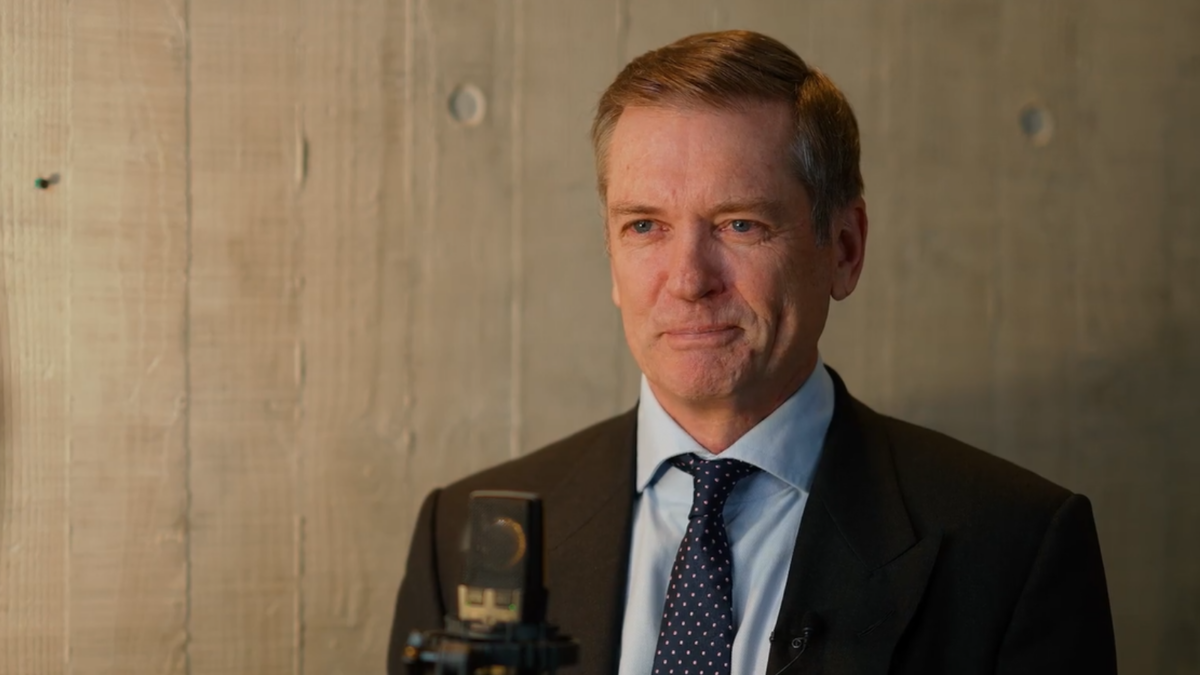Orwellian doublespeak and the great ‘retire rich’ lie
George Orwell famously coined the phrase “doublespeak”. Orwell refers to this phrase as a willingness to believe in something which one already knows to be a lie (or an exaggerated truth). While this term was introduced in his book ‘1984’, and is often used to make a political statement, it’s highly relevant for the world of finance and economics.
For those in superannuation doublespeak is best exemplified when we present the great lie: retire rich. While such a goal is admirable, it has nothing to do with pension immunisation (constructing a portfolio where the expected net returns match the required returns needed to sustain retirement lifestyle).
If you want to have a good laugh, Google the following term: “Retire Rich Magazine Cover”. What you will see are magazine covers showing at least three great lies: the supposed retiree is under 50 and looks physically fit; they’re visibly wealthy (they have a yacht or private plane on a secluded island somewhere in the Caribbean); and they have a partner who looks at least 15 years their junior. It’s ambitious to the point of comical.
Even if we were to raise superannuation contributions from 12 per cent to 15 per cent, it still wouldn’t be enough to ‘retire rich’. Even our own regulator likes to play this game with its unproven ‘name and shame’ policy for those super funds who fall inside fourth quartile peer rankings, as every first-year investor knows about the power of mean reversion. Selling today’s fourth quartile manager could see the investor miss out on tomorrow’s first quartile performer.
But what if we look at this question differently, changing the mindset from ‘retire rich’ to ‘goals-based investment’?
When you copy somebody’s thesis it’s considered plagiarism, but if we combine several theses to make our own we can call it ‘research’. With this in mind I’ll bundle up a few ideas into one; I believe our pension system needs three different stages, each with a different age-based need and objective.
The first goal based pension cycle is what I call SKiIn: Spending the Kids Inheritance. In the first of three cycles, which I’d lump into an age bracket between 65 to 85 years, we’re physically fit and able to travel and enjoy the fruits of our labour. Whether it’s driving around the country, overseas travel, or any other outdoor activity, the idea is that our bodies and spirit are willing and able to explore and experience new things. And while our existing superannuation is unlikely to be sufficient to finance our full lifestyle and medical needs until death, the likelihood of it at least funding a twenty year post-retirement cycle is more probable. The delivery and investments wouldn’t change, as a twenty year tail/duration is still considered long.
The second of these three goal based pension cycles hovers between the ages of 85 and 95. While I am admittedly generalising, our ability to physically travel overseas and drive around the country will be limited, if not greatly impaired. More often than not, any leisurely travel will be to visit family and/or doctors. The lifestyle expenses will be less leisure, and our medical needs and expenses will rise. The retirement funding for this bracket comes from something called ‘longevity insurance’, which provides protection to a pensioner against the risk of outliving their pension funding needs. Longevity insurance gives funding certainty despite their living longer than current life expectancy of ~80 years.
Longevity insurance is nothing new, and can already be purchased through a handful of life insurance providers. But it is equally true that the cost is prohibitively high and out of reach to the average superannuant. As any actuary can confirm, much of the cost behind longevity insurance relates more to our inability to calculate what life expectancy will be in twenty years’ time. Fixing the policy payment period to a fixed ten year period of 85 to 95 years of age, however, gives greater certainty behind the actuarial calculations and therefore brings down the price considerably.
The last of these three goal-based pension cycles covers those who age 95 and beyond, our twilight phase. As it is highly unlikely that we’d physically be able to travel at such an advanced age, let alone be able to access even a driver’s license, our retirement financial needs tend to be moreso based on medical needs than lifestyle. But we should not underestimate medical fiscal needs as medical inflation has remained stubbornly high and unaffected by traditional monetary policy.
According to the Pew Research Centre, we spend near 30 per cent of cradle-to-grave medical expenses in our last year, or 15 per cent in the last three months of life. Add the equally stubbornly high price increase in private health insurance, let alone the increasing deductable, and the cost of moving into geriatric phase is likely to fall under traditional Medicare/Universal healthcare as few will be able to self-fund such medical expenses at this stage of our lives.
These three phases incorporate the three traditional funding mechanisms for pension; PAYG, DB, and DC. Phase one, or SKiIn’, is a lifestyle phase where the funding will come out of our existing superannuation scheme, and therefore fall into the Defined Contribution (DC) funding, where the investment and funding risks are borne by the individual.
Phase two falls into a fixed ten year age bracket between 85 to 95 years, an age bracket beyond traditional life expectancy and where some have projected that our existing super would have been depleted already. As such, funding for the second phase would be sourced via longevity insurance, and pension calculations would be more akin to traditional Defined Benefit (DB) modelling. As the tail is fixed at ten years, the cost of such a longevity policy would come down noticeably when compared to existing policies already available.
Phase three, or our twilight years, is both medically and aged care based. The funding mechanism for phase three would most likely fall under PAYG standards, similar to that already in place with traditional Social Security. Discussions are already underway as it relates to Aged Care Levy, so super bodies should already be involved in any such discussions as this will impact both industry and our members.
As I cannot fathom any democratically elected government allowing a large age cohort (like the Baby Boomers) to go without access to health and aged care for those in their twilight years, we need change before the army of Baby Boomers inundates both our existing health and aged care forces governments to find a sustainable funding model as super alone will not suffice.
The aforementioned breaking of super into three different funding models is merely an attempt to start any such discussion. But make no mistake, the wick on this demographic time bomb has already been lit.











